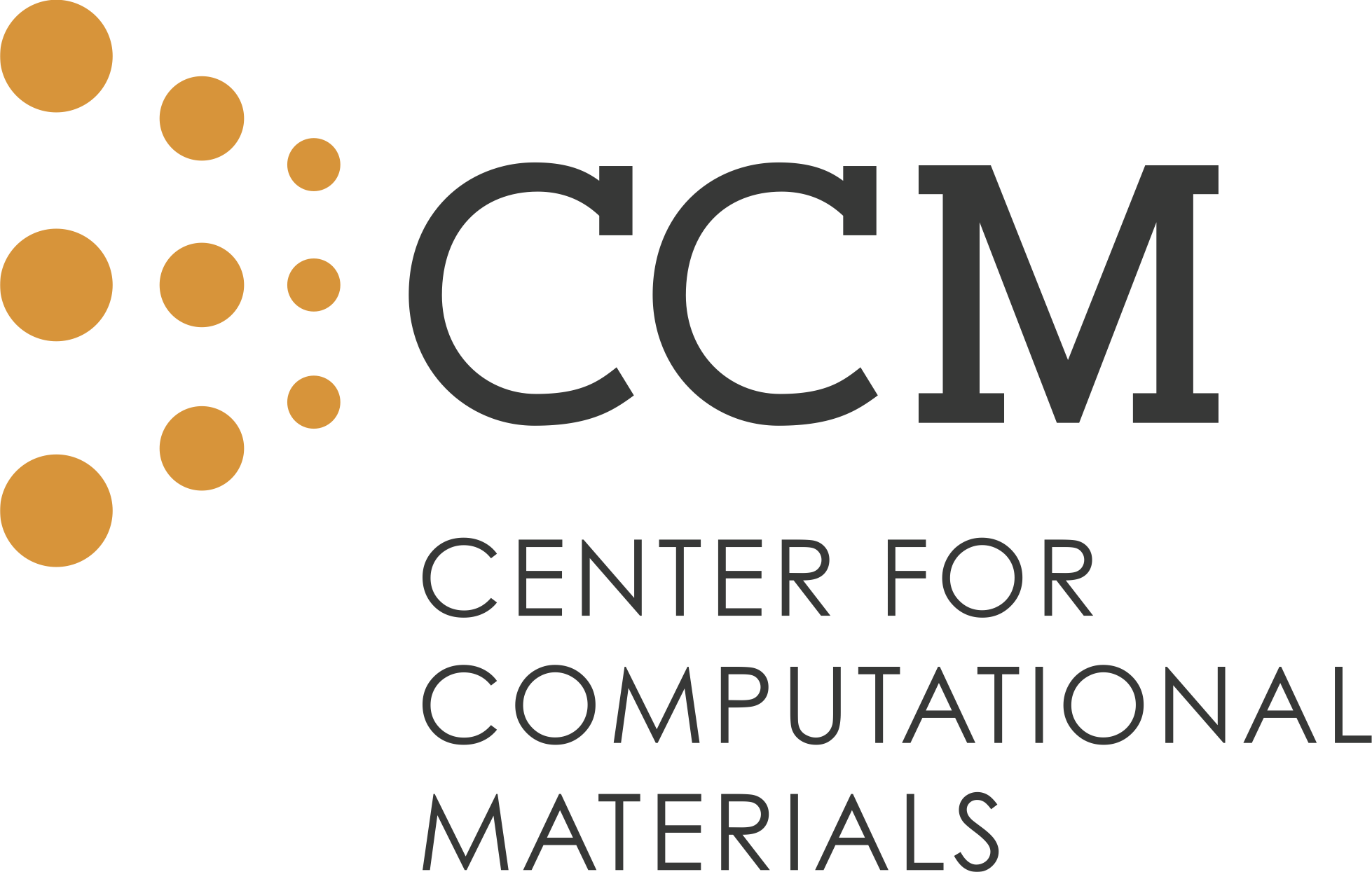REAL SPACE
Many interesting material properties can be understood and predicted by computation involving a solution of the electronic structure problem. The combination of new algorithms applied to high performance computing platforms promises a number of potential advances in the understanding of the theory of complex materials and in the analysis of new experimental work on advanced materials. Yet, solution of the electronic structure problem remains computationally challenging when the system of interest contains a large number of atoms.
Real-space numerical electronic structure methods are mathematically robust, accurate and ideally suited for contemporary massively parallel computational resources. Real space methods have successfully been applied to both ground state and excited state properties, especially for localized systems such as nanoscale clusters. New algorithms have been developed to optimize solutions to eigenvalue problems and expedite or circumvent the computation of empty states in excited state computations.




